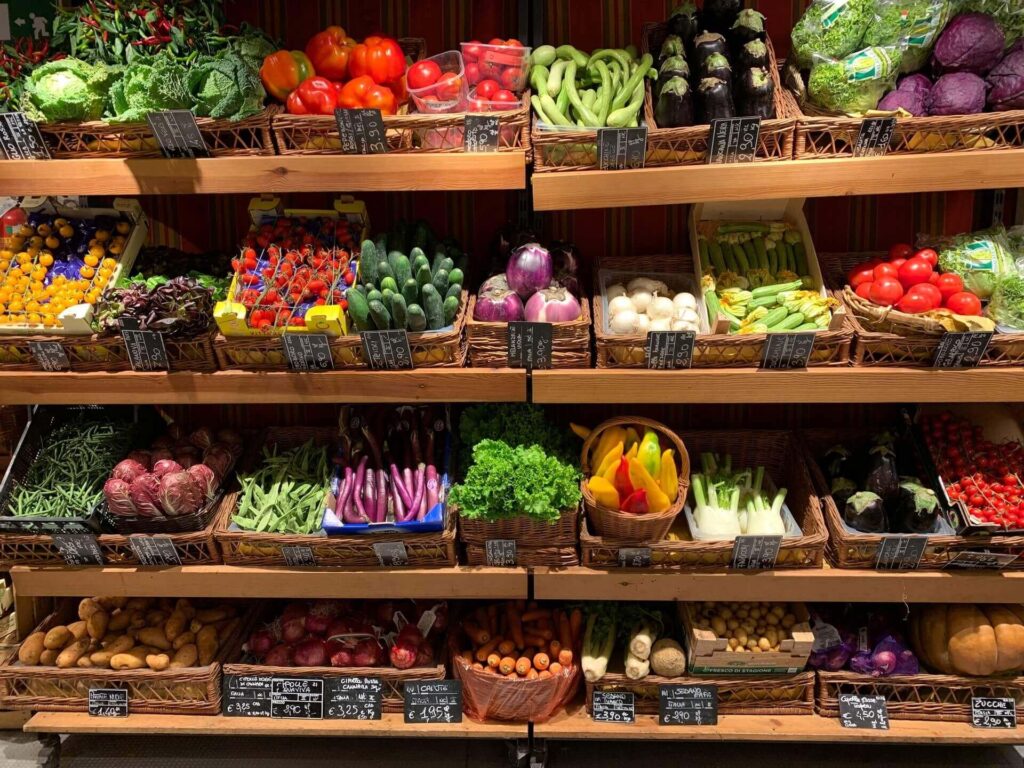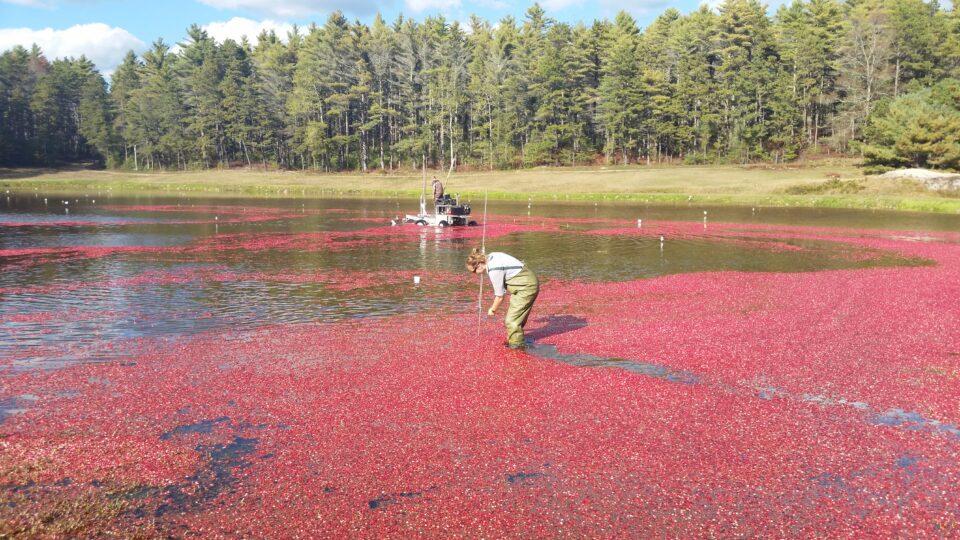In the ever-shifting landscape of agriculture and global climate challenges, a new scientific forecast is painting a vivid picture of our future grocery aisles. Researchers have peered into the crystal ball of food production, revealing a startling map of produce that may soon flourish or fade into obscurity. As environmental conditions transform and agricultural practices evolve, the familiar fruits and vegetables we’ve known might undergo a dramatic transformation, leaving consumers to reimagine their shopping lists and dinner plates. As global climate change and shifting agricultural patterns reshape our food landscape, researchers are sounding the alarm about dramatic transformations in produce availability. Emerging scientific studies suggest some familiar fruits and vegetables may become increasingly rare, while unexpected newcomers could emerge as staple crops.
Citrus fruits like oranges and lemons are under significant threat from rising temperatures and emerging plant diseases. Southern Mediterranean regions are experiencing unprecedented citrus crop failures, with projections indicating potential 40% reduction in traditional growing areas within two decades. Climate adaptation strategies are proving challenging for these temperature-sensitive plants.
Avocados, currently experiencing immense global popularity, face critical sustainability challenges. Water-intensive cultivation combined with extreme drought conditions in Mexico and California could dramatically reduce future production. Researchers predict potential 30-50% supply reduction in the next decade if current environmental trends persist.
Conversely, more resilient crops are positioned to expand. Drought-resistant varieties like cassava, sorghum, and certain legumes are showing remarkable adaptability. Scientists are developing genetically modified strains capable of thriving in increasingly unpredictable environmental conditions.
Vertical farming technologies are revolutionizing vegetable production, enabling crops like leafy greens, tomatoes, and peppers to be grown in controlled urban environments. These innovative agricultural methods could potentially mitigate traditional farming limitations, creating more consistent and localized produce supplies.
Surprisingly, exotic fruits like dragon fruit and jackfruit are projected to become more mainstream. Their robust growing characteristics and nutritional density make them attractive alternatives to traditional produce. Regions in Southeast Asia are already witnessing significant commercial expansion of these crops.
Root vegetables demonstrate exceptional resilience. Potatoes, sweet potatoes, and yams are expected to maintain stable production levels. Their underground growth provides natural protection against temperature fluctuations and extreme weather conditions.
Genetic research is playing a crucial role in crop adaptation. Scientists are developing plant varieties with enhanced resistance to heat, drought, and emerging agricultural pathogens. These technological interventions could fundamentally reshape future food production strategies.
Marine vegetables like seaweed and algae are emerging as potential game-changers. Their rapid growth, minimal resource requirements, and nutritional complexity position them as promising alternative food sources. Coastal regions are increasingly exploring large-scale commercial cultivation.
The produce landscape is undergoing unprecedented transformation. As environmental conditions evolve, consumers can expect significant shifts in grocery store offerings, challenging traditional agricultural assumptions and introducing exciting new nutritional possibilities.


